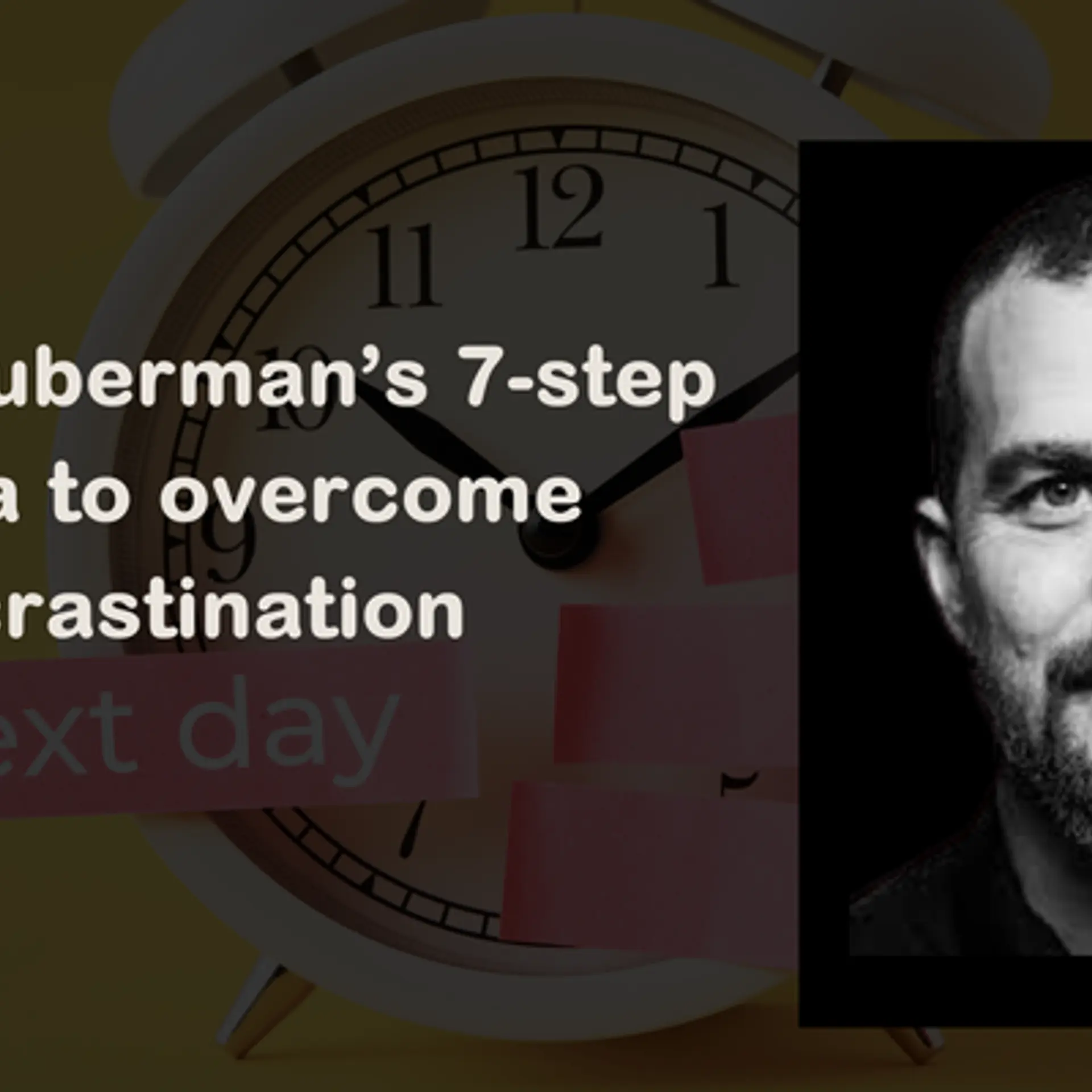Beat the planning fallacy: Strategies to boost productivity
Discover powerful tactics to defeat the planning fallacy and enhance productivity. Crush procrastination and achieve your goals efficiently.
Do you often underestimate the time it takes to complete tasks or projects? Do you set ambitious goals, only to fall short of meeting them due to unforeseen delays? If so, you may be the victim of the planning fallacy—a cognitive bias leading individuals to underestimate the time, costs, and risks associated with future tasks. But fear not!
In this article, we'll delve into effective strategies to overcome the planning fallacy and boost your productivity.
Understanding the planning fallacy
The planning fallacy, first identified by psychologists Daniel Kahneman and Amos Tversky, occurs when individuals underestimate the time and resources required to complete a task, even when they have prior experience suggesting otherwise. This tendency to be overly optimistic about future outcomes often leads to missed deadlines, stress, and frustration.
Strategies to overcome the planning fallacy
Break down tasks
Instead of viewing a project as a single, daunting task, break it down into smaller, more manageable steps. This allows for a more realistic assessment of the time and effort required for each component.
Learn from past experience
Reflect on similar tasks or projects you've completed in the past. How long did they take? Were there any unexpected challenges? Drawing on past experiences can provide valuable insights for more accurate planning.
Consider external factors
Take into account external factors that may affect your timeline, such as potential delays, interruptions, or dependencies on others. Building buffer time into your schedule can help mitigate the impact of these uncertainties.
Use reference class forecasting
Instead of relying solely on your estimations, gather data from similar projects or tasks completed by others. This approach, known as reference class forecasting, can provide a more objective basis for planning.
Create contingency plans
Anticipate potential obstacles or setbacks and develop contingency plans to address them proactively. By having backup strategies in place, you'll be better equipped to handle unexpected challenges without derailing your progress.
Practice time tracking
Keep track of how you spend your time on various tasks throughout the day. This can help you identify patterns, prioritize effectively, and allocate time more efficiently in the future.
Seek external input
Don't hesitate to seek input or feedback from colleagues, mentors, or subject matter experts. An outside perspective can offer valuable insights and help challenge assumptions.
Boosting productivity
In addition to overcoming the planning fallacy, here are some additional strategies to boost your productivity:
Set clear goals
Define specific, achievable goals for each task or project. Having clear objectives provides clarity and focus, which makes it easier to stay motivated and on track.
Prioritise tasks
Identify the most important tasks and prioritise them based on their urgency and importance. Focus your time and energy on high-priority activities that align with your goals and objectives.
Eliminate distractions
Minimise distractions by creating a conducive work environment, turning off notifications, and setting boundaries with colleagues or family members. This allows you to maintain focus and concentration on the task at hand.
Take regular breaks
Schedule short breaks throughout the day to rest and recharge. Stepping away from your work periodically can help prevent burnout, improve concentration, and enhance overall productivity.
Stay organised
Keep your workspace tidy and organised, both physically and digitally. Use tools like to-do lists, calendars, and project management software to stay on top of tasks and deadlines.
Practice time management
Use techniques such as the Pomodoro Technique or time blocking to manage your time effectively. Set specific time limits for tasks and allocate dedicated blocks of time for focused work.
Continuously improve yourself
Regularly review your processes and workflows to identify areas for improvement. Experiment with new techniques, tools, and strategies to optimise your productivity over time.
Now that you're armed with these strategies, it's time to implement them. Start by applying them to your current projects or tasks, and monitor your progress closely. Be prepared to adjust your plans as needed based on new information or changing circumstances. With persistence, proactive planning, and a focus on productivity, you can overcome the planning fallacy and achieve your goals more efficiently than ever before.







